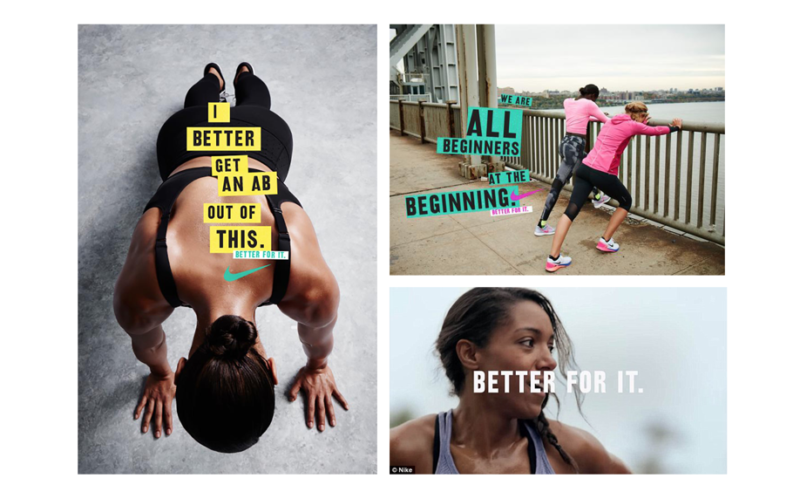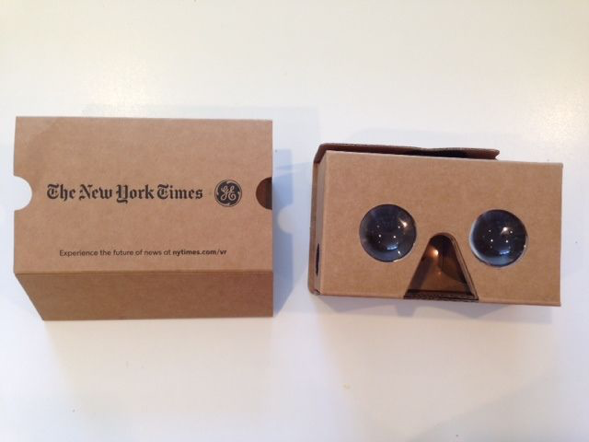Is content marketing leaving the brand behind?
There's a difference between expanding your brand message into related areas and straying too far into unrelated territory, risking a muddled message and lost customer connections, explains Nerissa Atkinson, in this guest post.
Earlier this year I saw a video that many of my friends raved about as one of the best pieces of marketing this year. I watched it with hope in my heart, convinced that this brand had found the real truth to world peace. Perhaps you might have seen it, too.
In it, people are asked to share their sometimes negative thoughts on other nationalities – French, German and Turkish. Later, (spoiler alert) testing reveals those same French, German and Turkish threads in their DNA, at which point their previously held prejudices are shattered.
It’s wonderful and very sharable (8 million views so far on Youtube), but despite having all the right elements – new technology, mystery and hope – something is missing. Relevance.
Watch this and tell me you aren’t expecting this to be from a company like 23 And Me, or Ancestry.com.
Momondo “The DNA Journey” from ArtOfficial Agency CPH on Vimeo.
If you don’t know Momondo, aren’t you disappointed to discover it’s a travel booking website? I know I was. I was all ready to spit into a little tube and find out where I’d come from. Instead all they wanted to offer me was a cheap flight in a slightly bigger tube.
The insight that there is value in knowing about your origins makes sense, but it’s a long bow to draw for a travel company. There’s not any DNA in their DNA, so to speak.
Creativity and entertainment are fantastic tools to use in content marketing – essential in fact. But if you lose your clear positioning that lets people know exactly why they should buy from you, you could be wasting your time.
In the race to get people engaged in our content, are we losing sight of our brand?
We all aim to create emotional content that gets the attention of our audience. The kind of stuff that stops them in their tracks as they scroll past. Makes them click share instead of clicking the back button. That makes them smile, or cry, or think.
There are many great examples to draw inspiration from. Dove’s Real Beauty sketches, Volvo’s The Splits, Chipotle’s Scarecrow, Metro Train’s Dumb Ways to Die.
[ADS ► VIDEO] Volvo – The Split from AGENCE REGARD on Vimeo.
But if the goal for content marketing is ultimately a sale, which for 82% of Australian marketers it is, maybe we need to revisit how well our content is reflecting our positioning. Because only 28% of Australian marketers feel their organisation is effective at content marketing.
While it’s true that people don’t buy from companies that they don’t like or feel a connection with, it’s also true that they don’t buy from those that can’t prove their value to us.
Content alone isn’t enough. If competitors are producing eBooks and videos that show an awareness of the needs and desires of your audience, how do you make yours stand out and work effectively? That’s right – it’s your carefully-crafted brand positioning.
Use your positioning as a pennant to rally your audience.
Nike has continually evolved ‘Just Do It’ to speak to the inner monologue of their audience. With the #betterforit campaign, their message was an invitation to women to join the community.
“We’re past the days of impressions and reach. For us it’s about connection, and the quality of connection. It’s about how the conversation is shaped. So, for us, the true measure is that response, and how this unites a community of athletes in a deeper and better way around the world.” – Kerri Hoyt-Pack, VP global brand marketing at Nike.
Your brand can be in the way you say it, not just in what you say
For GE bringing its positioning of ‘Imagination at work’ to life meant exploring new technologies, including Vine, Medium and Periscope.
“We decided to experiment on a wide variety of platforms, fundamentally, because it’s a mirror to the DNA of the company: founded by an inventor, Thomas Edison, always about experimenting, always about iterating and what’s new.” – Linda Boff, CMO at GE
Collaborations are also an important pillar of their content program, with partnerships with brands like the New York Times and Panoply allowing them to expand their reach to new audiences.
In your rush to make sure your brand is clear, remember your content must still be audience focused
The CMO of SAP said that big large glass buildings don’t buy software – people do. As creative director at The Revery I’ve conducted many customer interviews on behalf of our tech clients, I can confirm this to be true.
Regardless of the purchase, you’re still talking people who are making decisions influenced by sometimes unconscious personal biases. A desire to reduce frustration, avoid a difficult conversation, even secure a year-end bonus – they’re only human after all. You have to speak to these nuances.
So to sum up, don’t lose relevance in the race for creativity and engagement
I started with a content example that while beautifully executed, ultimately left me unwilling to buy. I’ll leave you with a favourite from Valspar Paint, which demonstrates through a potentially life-changing experience for a few, the power that colour brings for all of us.
https://youtu.be/ea_xOqNvntA
Nerissa Atkinson is creative director at The Revery.






Thank you for such an intelligent, thoughtful and dare I say emotional (that last clip) post.
User ID not verified.
This piece rightly makes the point that content always needs to be relevant but the examples used are campaign videos – not “content marketing”
User ID not verified.